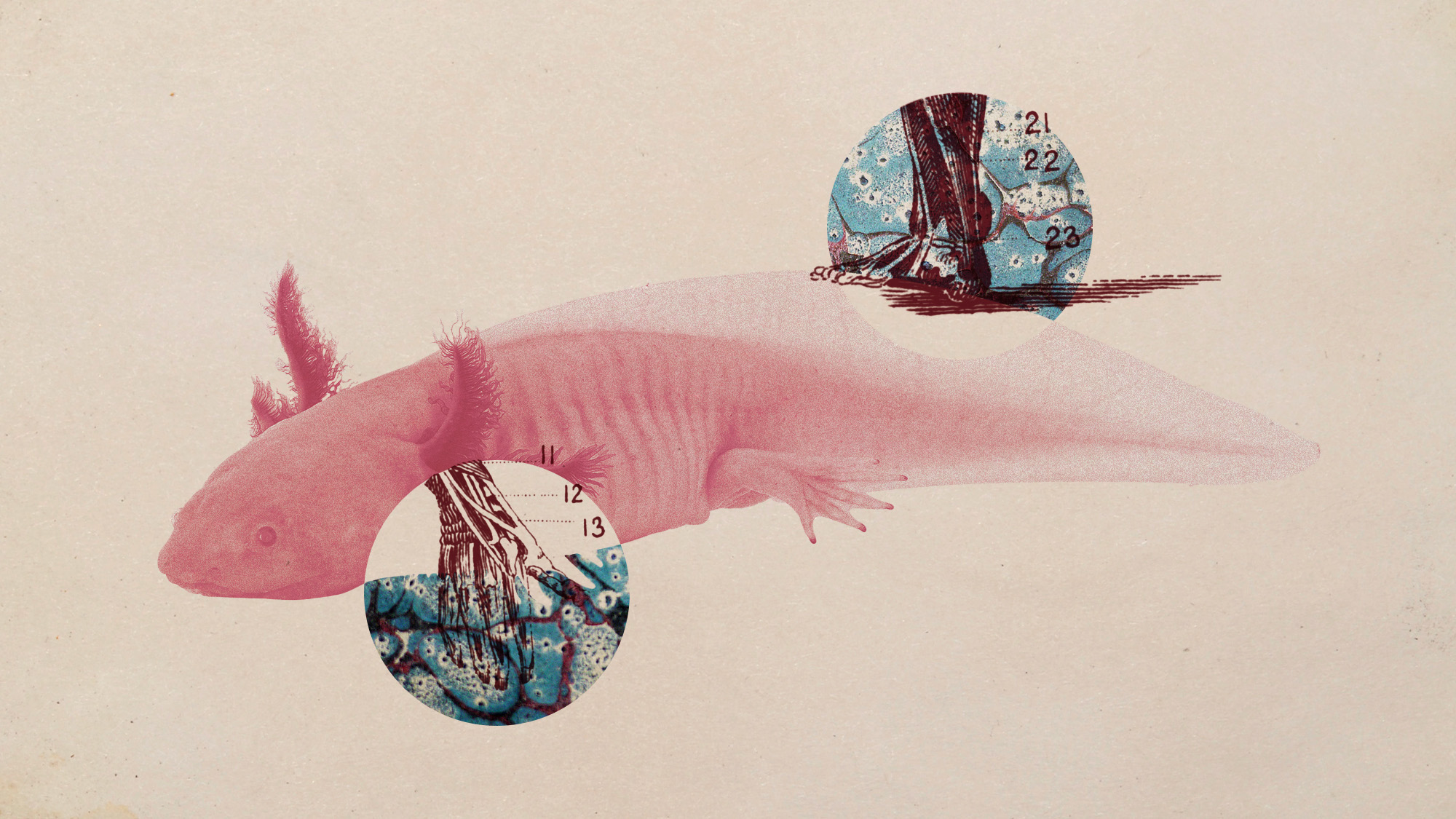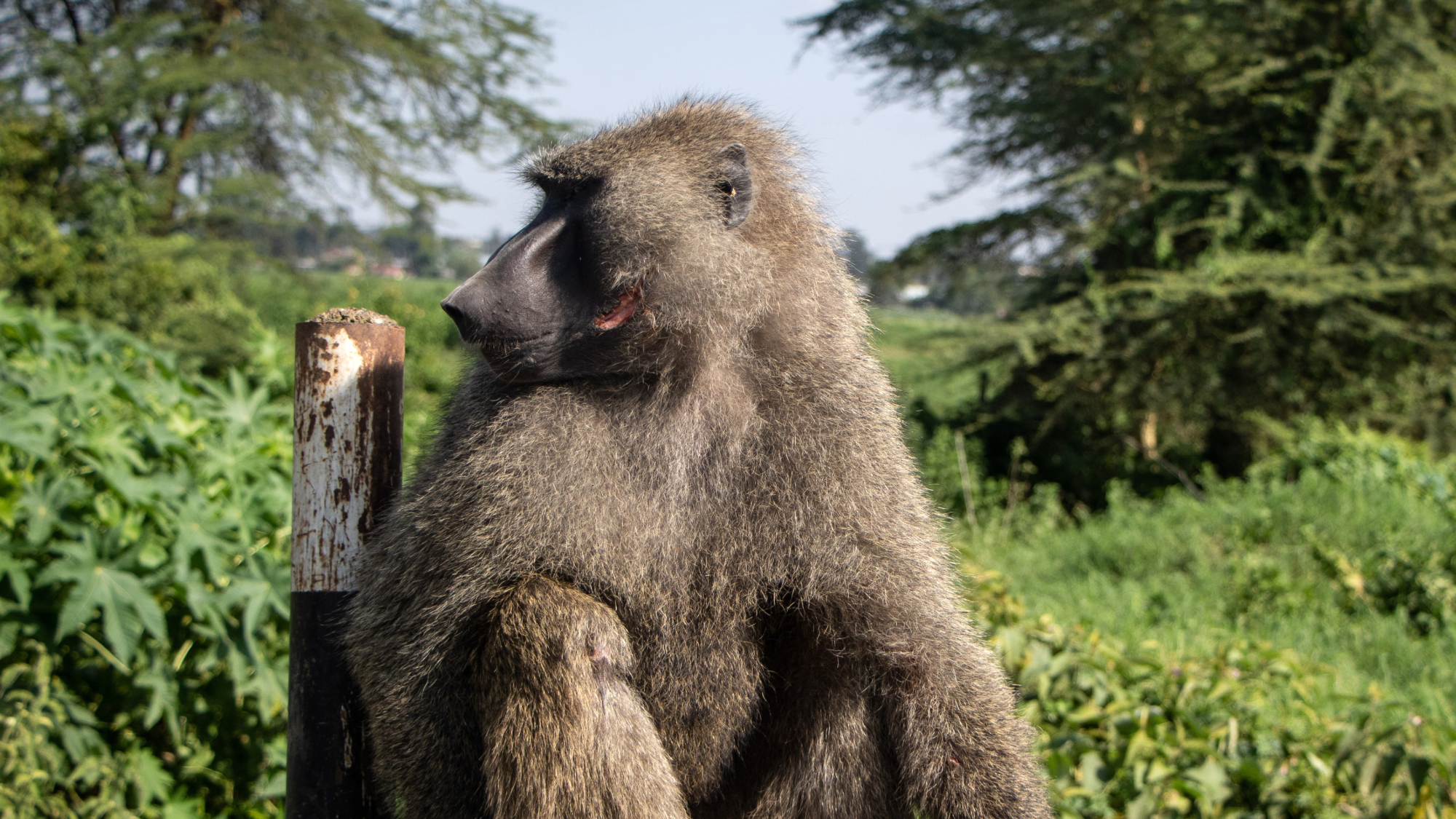Health & Science
Turning the corner on childhood obesity; Our many galactic neighbors; Sadistic Internet trolls; A revealing ancient crystal
Turning the corner on childhood obesity
Finally, some good news in America’s battle with obesity. A major survey by the federal Centers for Disease Control and Prevention found that obesity rates among children ages 2 to 5 fell 43 percent over the past decade—the first significant decline in a condition that can lead to myriad health problems. Obesity rates among preschoolers dropped to just above 8 percent in 2012, down from nearly 14 percent in 2004. Obesity rates in other age groups remained largely unchanged, but lowered rates among kids bode well for the future, scientists say. Overweight toddlers are five times more likely to be obese as adults, putting them at higher risk for cancer, heart disease, stroke, and other illnesses. “This is the first time we’ve seen any indication of any significant decrease in any group,” CDC epidemiologist Cynthia Ogden tells The New York Times. Though unable to pinpoint the reasons for the decline, researchers cited several factors: Children are consuming fewer sugary drinks, more women are breast-feeding—which correlates to a healthier weight range in young children—and, thanks in part to the national campaign spearheaded by Michelle Obama, many child-care centers are offering more nutritious foods and opportunities to exercise.
Our many galactic neighbors
The Week
Escape your echo chamber. Get the facts behind the news, plus analysis from multiple perspectives.

Sign up for The Week's Free Newsletters
From our morning news briefing to a weekly Good News Newsletter, get the best of The Week delivered directly to your inbox.
From our morning news briefing to a weekly Good News Newsletter, get the best of The Week delivered directly to your inbox.
NASA scientists have confirmed the existence of another 715 planets orbiting stars outside our solar system, bringing the total number of known “exoplanets” to 1,750. The data comes from the Kepler space telescope, which detects the dip in brightness that results when an orbiting planet transits in front of a star. Only a tiny fraction of the new planets are in a so-called Goldilocks zone where conditions might be “just right” for the existence of liquid water, considered essential for the development of life. But thanks to a new infrared technique, the search for planets that have water may soon be easier. Astronomers at the SETI Institute have detected water vapor in the atmosphere of a Jupiter-size exoplanet called Tau Boötis b, about 51 light-years away. By measuring the wavelengths of light, or “spectra,” that surround planets, astronomers can identify which molecules are present. As SETI Institute senior astronomer Seth Shostak tells HuffingtonPost.com, “Looking for water on exoplanets is the next step in learning whether life is unusual or as common as crabgrass.”
Sadistic Internet trolls
The people who post nasty comments online are likely to have pathological personalities, says a new study from the University of Manitoba. Known as “Internet trolls,” Web users who like to post inflammatory comments, incite arguments, and send insulting tweets are more likely to exhibit Machiavellianism, narcissism, psychopathy, and sadism. Collectively known as the “Dark Tetrad,” these personality traits were shown to be prevalent through surveys designed to understand what makes trolls tick. Participants were asked about their Internet behavior, including how frequently they posted comments and whether they preferred chatting, making friends, or trolling. Of the 418 people surveyed, 59 percent reported actively commenting, and among those just 5.6 percent admitted to trolling. The trolls gave responses that were strongly associated with the traits in the Dark Tetrad, especially sadism and psychopathy; they were more likely, for example, to agree with the statement “The more beautiful and pure a thing is, the more satisfying it is to corrupt.” Study author Erin Buckels tells Slate.com that the Internet’s anonymity has freed pathological people to act out. “The allure of trolling may be too strong for sadists,” she says, “as they presumably have limited opportunities to express their sadistic interests in a socially desirable manner.”
A revealing ancient crystal
A free daily email with the biggest news stories of the day – and the best features from TheWeek.com
A tiny spec of zircon is having a big impact on scientists’ understanding of Earth’s earliest years. The sand-grain-size crystal, found on a sheep ranch in western Australia, dates to 4.4 billion years ago, making it the oldest piece of Earth’s crust ever discovered. Through a process called atom-probe tomography, scientists were able to confirm the results of a 2001 test that dated the rock by measuring how many of its uranium atoms had decayed into lead. Current theory holds that Earth formed about 4.6 billion years ago and was struck by a Mars-size object during its relative infancy. That impact altered Earth’s tilt, blasting away part of the surface—which reformed into the moon��and vaporizing its crust into magma. The duration of this “Hadean Eon” is not known, but the zircon’s age suggests that early Earth may have cooled more rapidly than previously thought. That would have allowed water vapor in the atmosphere to condense into oceans, thus enabling the development of life. “Once you know that there were oceans,” University of Wisconsin-Madison geoscientist John Valley tells CNN.com, “it’s very reasonable that there would have been life that early.”
-
 How drones have detected a deadly threat to Arctic whales
How drones have detected a deadly threat to Arctic whalesUnder the radar Monitoring the sea in the air
-
 A running list of the US government figures Donald Trump has pardoned
A running list of the US government figures Donald Trump has pardonedin depth Clearing the slate for his favorite elected officials
-
 Ski town strikers fight rising cost of living
Ski town strikers fight rising cost of livingThe Explainer Telluride is the latest ski resort experiencing an instructor strike
-
 5 recent breakthroughs in biology
5 recent breakthroughs in biologyIn depth From ancient bacteria, to modern cures, to future research
-
 Bacteria can turn plastic waste into a painkiller
Bacteria can turn plastic waste into a painkillerUnder the radar The process could be a solution to plastic pollution
-
 Scientists want to regrow human limbs. Salamanders could lead the way.
Scientists want to regrow human limbs. Salamanders could lead the way.Under the radar Humans may already have the genetic mechanism necessary
-
 Is the world losing scientific innovation?
Is the world losing scientific innovation?Today's big question New research seems to be less exciting
-
 Breakthrough gene-editing treatment saves baby
Breakthrough gene-editing treatment saves babyspeed read KJ Muldoon was healed from a rare genetic condition
-
 Humans heal much slower than other mammals
Humans heal much slower than other mammalsSpeed Read Slower healing may have been an evolutionary trade-off when we shed fur for sweat glands
-
 Scientists map miles of wiring in mouse brain
Scientists map miles of wiring in mouse brainSpeed Read Researchers have created the 'largest and most detailed wiring diagram of a mammalian brain to date,' said Nature
-
 Scientists genetically revive extinct 'dire wolves'
Scientists genetically revive extinct 'dire wolves'Speed Read A 'de-extinction' company has revived the species made popular by HBO's 'Game of Thrones'